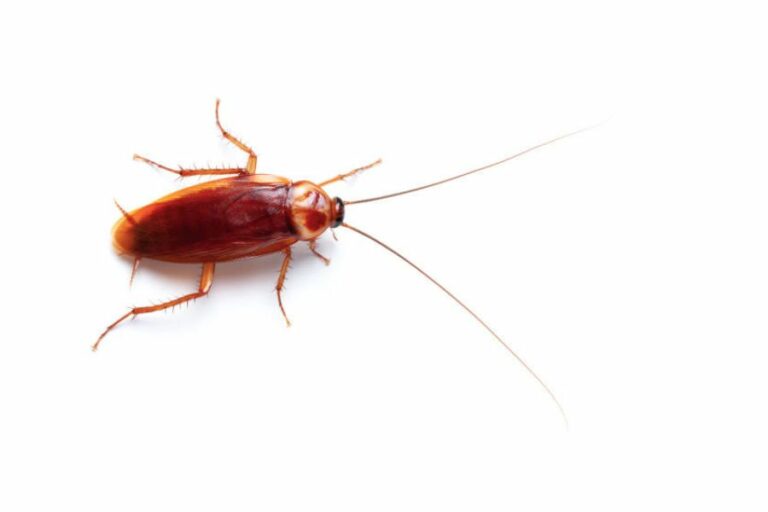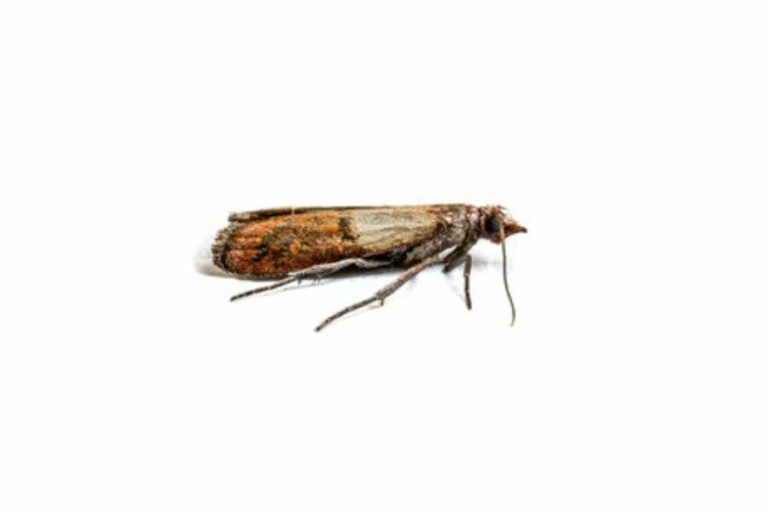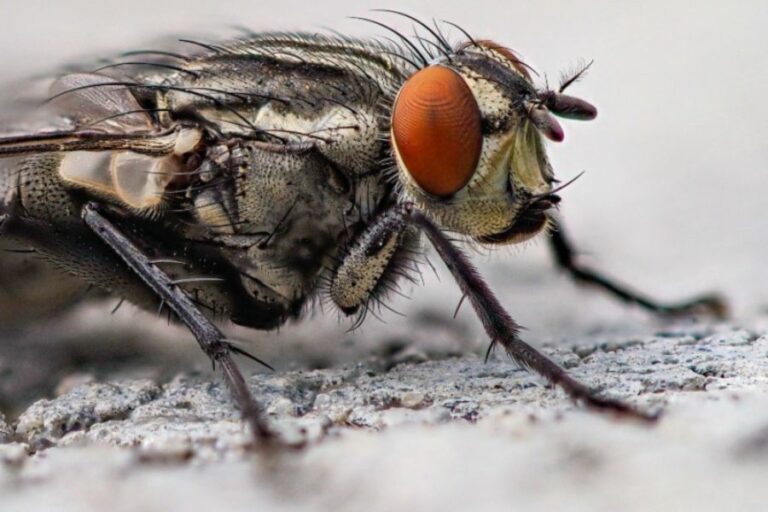Fleas and Disease Transmission
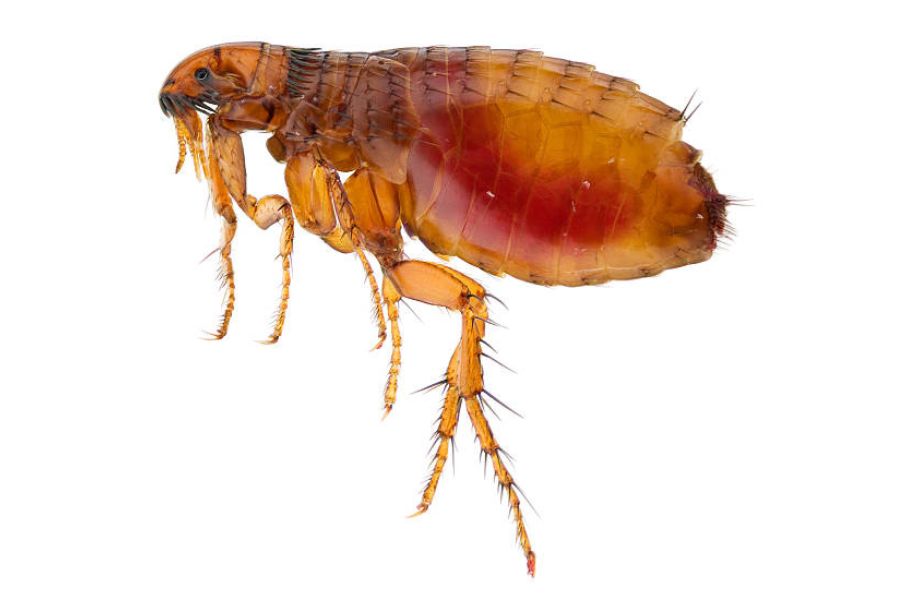
Risks to Humans and Pets
Unseen and often underestimated, fleas pose a significant threat to the well-being of both humans and pets. These tiny, agile creatures can do more than cause constant itching and discomfort. They have the potential to become silent carriers of dangerous diseases, acting as precursors of health risks in our homes and communities. In this blog, we delve into the intricate relationship between fleas and disease transmission, shedding light on the diseases they can transmit to humans and our beloved animal companions. Moreover, we explore the potential health consequences of flea bites, highlighting the importance of proactive measures to minimise the risks. From the long-term implications for pets to the potential impact on wildlife and outdoor animals, we leave no stone unturned. Join us as we uncover the world of fleas and the urgent need for vigilance in the face of these tiny yet formidable foes.
Can fleas transmit diseases to humans and pets?
Yes, fleas can indeed transmit diseases to both humans and pets. While their primary target is usually our furry companions, they can also latch onto humans and transfer pathogens through their bites. Fleas are vectors for disease-causing organisms such as bacteria, viruses, and parasites. When they bite, they inject saliva into the skin, potentially transmitting these pathogens.
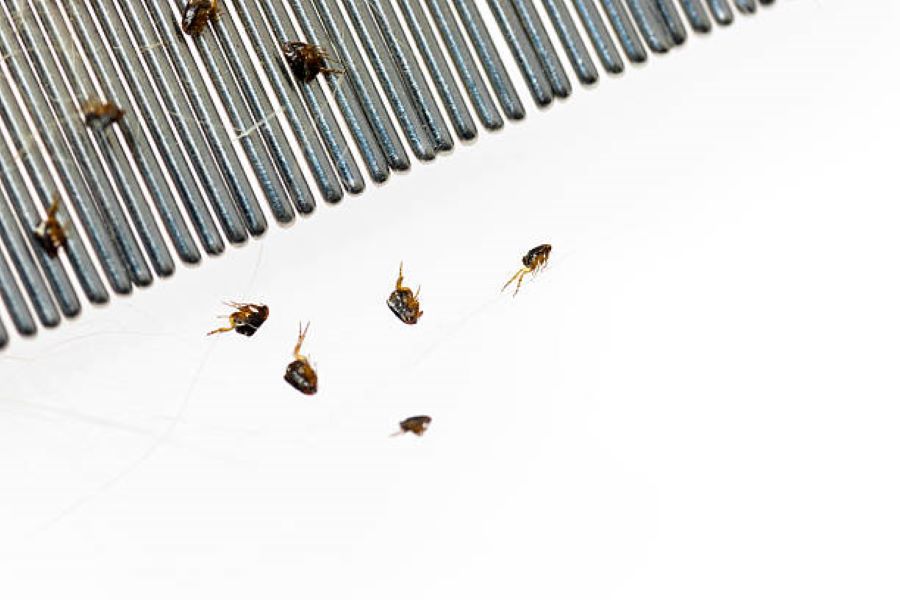
Which diseases can be transmitted to humans and pets by fleas?
Fleas are responsible for transmitting several diseases to humans and pets. For humans, common flea-borne illnesses include Murine typhus, Cat scratch disease, and the bubonic plague caused by the bacteria Yersinia pestis. Pets, particularly cats and dogs, can contract diseases like Bartonellosis (cat scratch fever), Flea allergy dermatitis, and tapeworm infections from fleas.
What are the potential health risks associated with flea bites in humans?
Flea bites in humans can lead to a range of health risks. Besides the immediate discomfort and itching at the bite site, flea bites can cause allergic reactions in sensitive individuals, resulting in redness, swelling, and severe itching. In some cases, secondary infections may occur due to excessive scratching. Additionally, flea-borne diseases can cause flu-like symptoms, fever, rash, and, in rare cases, more severe complications.
What are the potential health risks associated with flea bites in pets?
Pets can experience various health risks from flea bites. Flea saliva can cause intense itching and skin irritation, leading to excessive scratching and self-inflicted wounds. Flea allergy dermatitis, an allergic reaction to flea saliva, can result in severe itching, hair loss, and secondary skin infections. Additionally, fleas can transmit parasites like tapeworms to pets, leading to digestive issues and nutrient deficiencies if left untreated.
Are there any long-term health complications that can arise from flea infestations in pets?
Yes, untreated flea infestations in pets can result in long-term health complications. Constant itching and scratching due to fleas can cause significant discomfort and distress for pets, leading to hair loss, inflamed skin, and open sores. In severe cases, excessive scratching can lead to bacterial infections that require veterinary intervention. Fleas can also cause anaemia in pets, particularly young or debilitated animals if infestations are left unchecked for prolonged periods.
Can fleas transmit diseases to wildlife or other outdoor animals?
Yes, fleas can transmit diseases to wildlife and other outdoor animals. They can affect many animals, including squirrels, rabbits, raccoons, and birds. Fleas can carry diseases such as Tularemia, Bartonellosis, and Myxomatosis, which can significantly impact wildlife populations. The transmission of these diseases can disrupt ecosystems and have cascading effects on wildlife populations and biodiversity.
What are the potential consequences of untreated flea infestations in outdoor animal populations?
Untreated flea infestations in outdoor animal populations can have serious consequences. Apart from the discomfort and health risks individual animals face, the unchecked spread of fleas can lead to population declines and increased vulnerability to other diseases. Weakened and infected animals may struggle to find food, reproduce, or survive harsh environmental conditions, ultimately impacting the balance and health of the entire ecosystem.
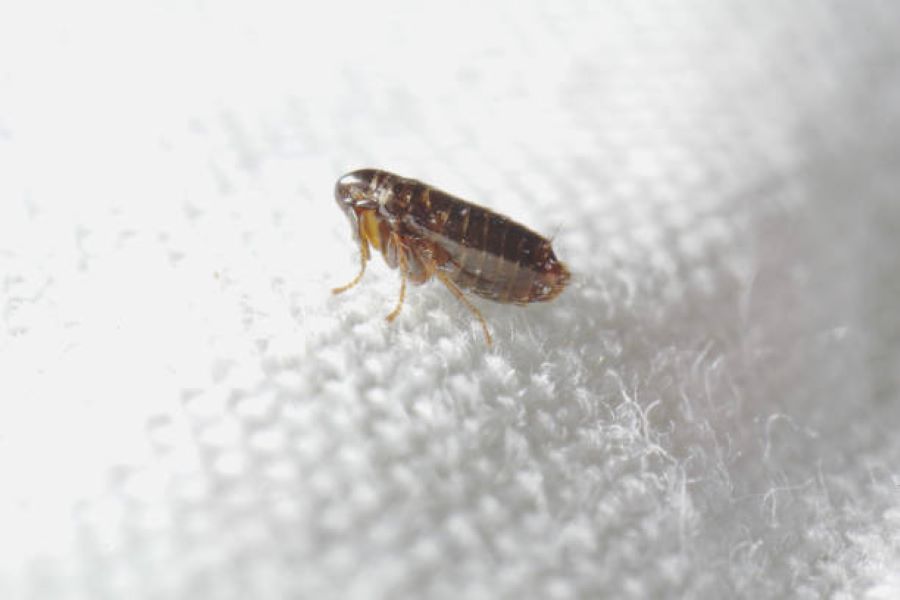
How can one minimise the risk of flea-borne diseases for themselves and their pets?
Several preventive measures can be taken to minimise the risk of flea-borne diseases. For pets, regular use of flea control products such as topical treatments, collars, or oral medications can help prevent infestations. Keeping indoor and outdoor environments clean and vacuumed regularly can also reduce flea populations. Additionally, avoiding contact with stray or wild animals and maintaining good personal hygiene, such as washing hands after handling pets, can help reduce the chances of flea bites and disease transmission.
What should be done if a pet shows signs of a severe flea infestation or experiences complications from flea bites?
If a pet shows signs of a severe flea infestation or experiences complications from flea bites, it is crucial to seek veterinary assistance promptly. A veterinarian can provide appropriate treatment options, such as flea control medications, medicated shampoos, or antibiotics for secondary infections. Additionally, they can offer guidance on preventive measures to ensure long-term flea control and the pet’s overall well-being. Early intervention and regular veterinary care are essential for effectively managing flea-related issues in pets.
